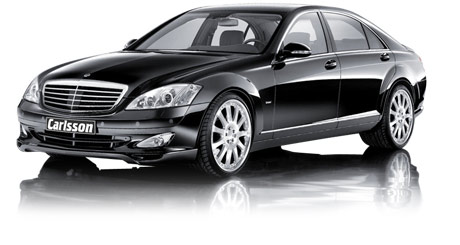

During my first drive in the big, powerful, serene and stately Mercedes-Benz S550, I noticed a small symbol of a steaming coffee cup illuminated on the instrument panel, low beside the model's circular speedometer. I thought that maybe the posh luxury sedan was getting ready to brew me a cup.
My first question to Donna, my wife, seated beside me, was, "what's the sticker price on this car?" Often, a manufacturer leaves a copy of the window sticker in the glove box of models sent for my assessment.
"It's $108,000," Donna replied.
OK, I thought, it probably does serve coffee.
But it turned out that the neat little cup symbolized on the dash — shown on a saucer, of course — signified that an S550 feature named Attention Assist was busily monitoring my driving. If, say, my steering became erratic, if I clawed at controls awkwardly, if I failed to signal lane changes, the Attention Assist stood ready to sound a startling beep and flash a bright warning in the speedometer's center. I'd have to stop for coffee on my own.
My next question to Donna was, "how can I shut it down?"
Yes, drivers can de-activate Attention Assist. You simply use what Mercedes calls the "instrument cluster control system." Explained in a 16-page section of the 530-page S-Class Operator's Manual, the instrument cluster control system employs multifunction buttons on the steering wheel to configure the instrument panel. It can, say, reset the trip odometer, monitor fuel usage, operate a cell phone, control the radio and other audio and even video devices. The system can show you where to turn when you're using the route guidance feature of the vehicle's navigation system. It can show you which lane to drive in before turning. It can set up the "Pre-safe" brake that helps models with automatic cruise control prevent a rear-end collision. It does more, but this paragraph is running long.
Deeper inside the Operator's Manual, in a mere two-page entry within the 36-page "Driving systems" section — part of the 127-page "Controls in detail" chapter of the 530-page manual — Donna learned that Attention Assist operates only between the speeds of 50 and 112 miles per hour. I didn't ponder too long over the apparent assumption: at speeds of 113 mph and higher, the streaked landscape blurring so rapidly outside the car will keep you awake no matter how little sleep you managed the night before. I felt a bit blurred myself. I kept Attention Assist switched on.
No comments:
Post a Comment